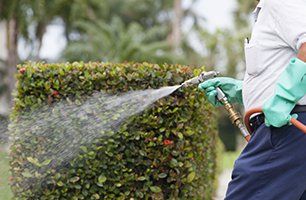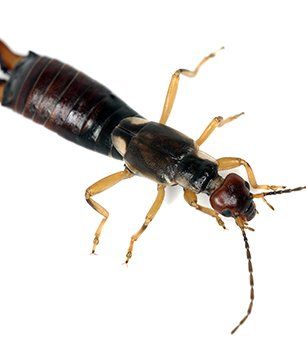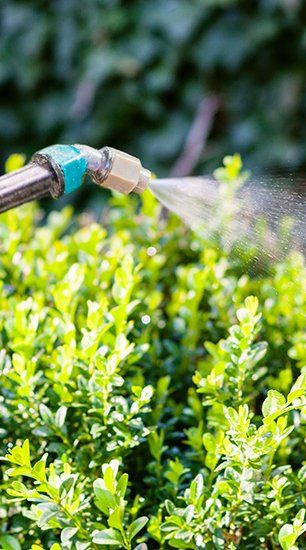Earwigs
Over 45 Years of Experience | Locally and Family Owned | Ohio State Lic. 965
Over 45 Years of ExperienceLocally and Family OwnedOhio State Lic. 965
Protecting Your Gardens and Shrubs
Although earwigs are not as much of a danger to your garden as other pests such as Japanese Beetles, they will chew up a good amount of leaves and flowers. They are also capable of producing a nasty odor if you bother them, so be careful. If you need to protect your garden from being eaten by earwigs, then you need to contact Ernie's Pest Control today.

Facts About Earwigs
Characteristics
- Earwigs are recognized by their pinchers or forcep-like appendages
- Nocturnal - some species are attracted to light
- Only a few of the winged species are good fliers
Habitat
- Earwigs find shelter beneath stones, boards, and debris during the day
- Earwigs often travel in potted plants, nursery stock, or other plant material
- Scavengers - dead animal and plant matter
- Some earwig species are predatory

Types of Earwigs
European Earwig
- 5/8 inch long
- Attacks a broad range of plant and animal matter but prefers plants
- Adults are poor fliers, females rarely fly at all
- Enter houses in masses
- Easily carried from place to place by humans
Ring Legged Earwig
- 1/2 inch long with a dark brown to shiny black coloration
- Yellow-brown legs have one or two dark crossbands
- Commonly found indoors in protected environments, such as greenhouses
Striped Earwig
- One-inch long
- Very attracted to lights
- Lighter in color compared to other earwigs
- Head and wings marked with pale stripes along the edges or middle
- Produces a strong odor when crushed or disturbed
- Develops large populations within a single season
- Severe pest in new subdivisions and land cleared for construction

Call 419-698-1015 now for a
FREE price quote.
24-Hour
Emergency Service
